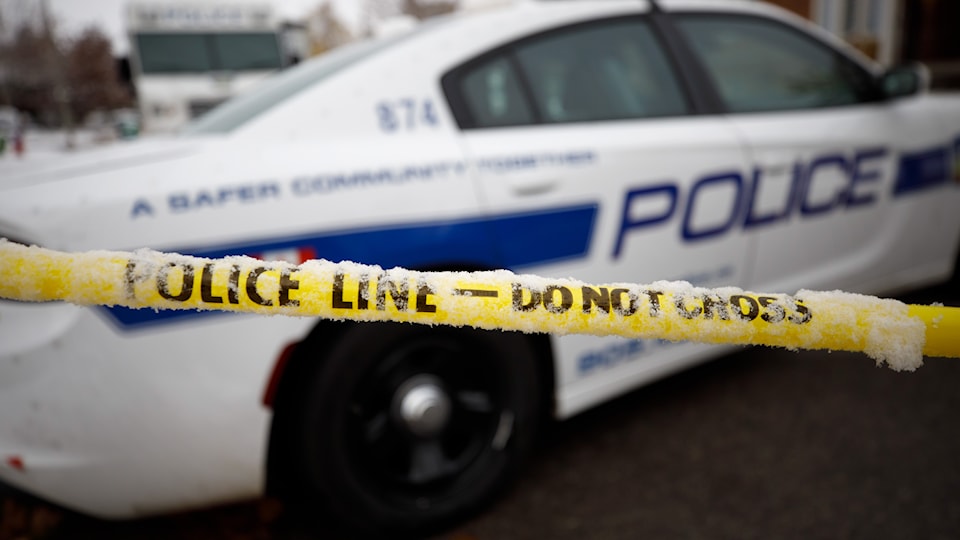York Regional Police and Peel Regional Police have joined forces and launched facial recognition technology (FRT) to aid their criminal investigations in an announcement posted Monday.
According to the Canadian Civil Liberties Association, “Facial recognition uses the physical characteristics of our face to create a mathematical model that is unique to us, just like a fingerprint”.
Both police services will use technology from IDEMIA, a prominent global biometric solutions provider.
Peel Regional Police Deputy Chief Nick Milinovich provided insight on how FRT will be used and why it is necessary for the future of police services.
“The new system will scan and compare against lawfully collected digital evidence currently stored in our databases,” Milinovich said. “This new technology will not only support our criminal investigations greatly, but it will enable us to run mugshot searches faster with less human error, increasing safety in Peel Region.”
Using facial recognition technology for police services is not new in Canada with Calgary police services utilizing the tool since 2014.
The Toronto Police Service briefly used FRT by Clearview AI from October 2019 to February 2020.
In that short time, the Toronto Police Service uploaded 2,800 images into Clearwater AI’s database to look for matches amongst images taken from social media sites to build its database.
The technology was removed from Toronto Police Service databases following a finding by four Canadian privacy commissioners that Clearview AI violated Canadian privacy laws by obtaining images of civilians without their knowledge or consent.
Peel Regional Police have stated that IDEMIA’s facial recognition technology follows the Identification of Criminals Act as the technology will not be used to scan or compare against digital footage.
This means that images obtained from live CCTV footage or live-streaming materials are gathered following a criminal act during an investigation.
The police in Peel and York regions decided to collaborate on the use of this technology due to their proximity, said York Regional Police Chief Jim MacSween.
"As we're all too aware, criminals don't limit their activity to a single jurisdiction," MacSween said. "Partnering with Peel Regional Police is cost-effective and enables us to collaborate more extensively to make both communities safer."
Both police services are sure that implementing FRT is the future of a faster investigation process, resulting in removing criminals from the streets and creating a safer environment for Ontarians.




